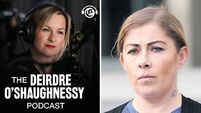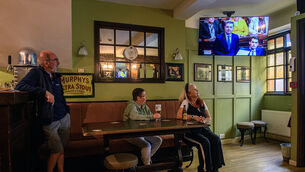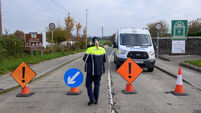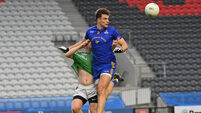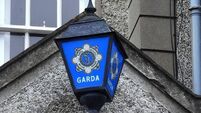Adoptive mum Peggy: 'My doctor told me to give him back because he was brain damaged'
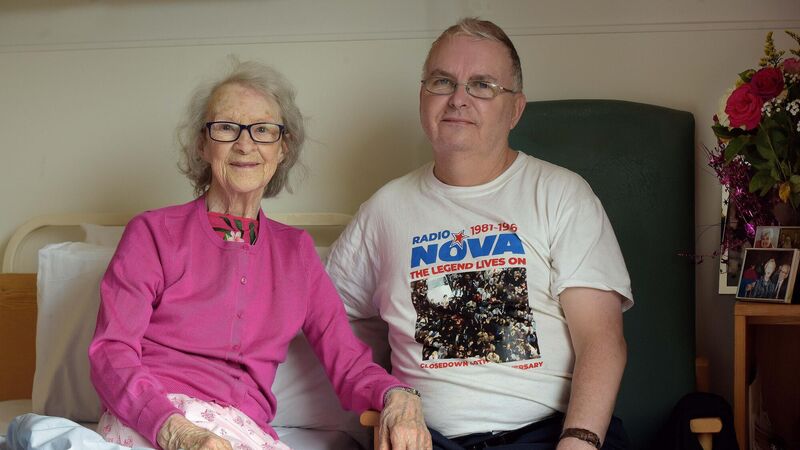
Peggy O'Kelly and her son Karl whom she and her late husband adopted 60 years ago. Picture: Moya Nolan
Margaret 'Peggy' O'Kelly is 90 years old this year, and closer than ever to her son Karl, who she adopted from St Patrick's Mother and Baby Home in 1964 when he was seven weeks old.
She recalls a doctor telling her to give him back to the nuns, because he was "brain damaged".
Having been approved for adoption by social workers along with her husband Seán, she was told a baby boy had become available at the now notorious north Dublin institution run by the Daughters of Charity.
They were never told that Karl had suffered a lack of oxygen to the brain during birth, but Mrs O’Kelly knew “immediately” he had special needs and was shocked at his condition.
She told the : “The minute I saw Karl I knew he had additional needs. The nun said, ‘wait here and I’ll get the baby for you’, and when she brought him out, I couldn’t believe how thin he was, he was terribly malnourished. He had a look across his eyes, and I said ‘he has special needs’. I just knew.
“I hate saying that about him, but that is the truth. I adore him, I’d be lost without him, but he was very neglected. My doctor told me to give him back because he was brain damaged."
It was only years later when details began to emerge of what went on in that homes that she realised the horrors of what mothers and their babies had been through in the homes.
Margaret has closely followed the Commission of Inquiry’s report into mother and baby homes, which was published in 2021.
“I wanted to talk about this from an adoptive mother’s perspective," Margaret said. "A lot of people believe we were all rich and cruel and friends with the nuns.
"We were an ordinary family from Dublin, and I love my son, I always have since the minute I saw him. No favours were done for me by any social workers or nuns.
“We were married, myself and Seán, for eight years before we had children, and suffered two miscarriages, then we adopted Karl and went through the process”.
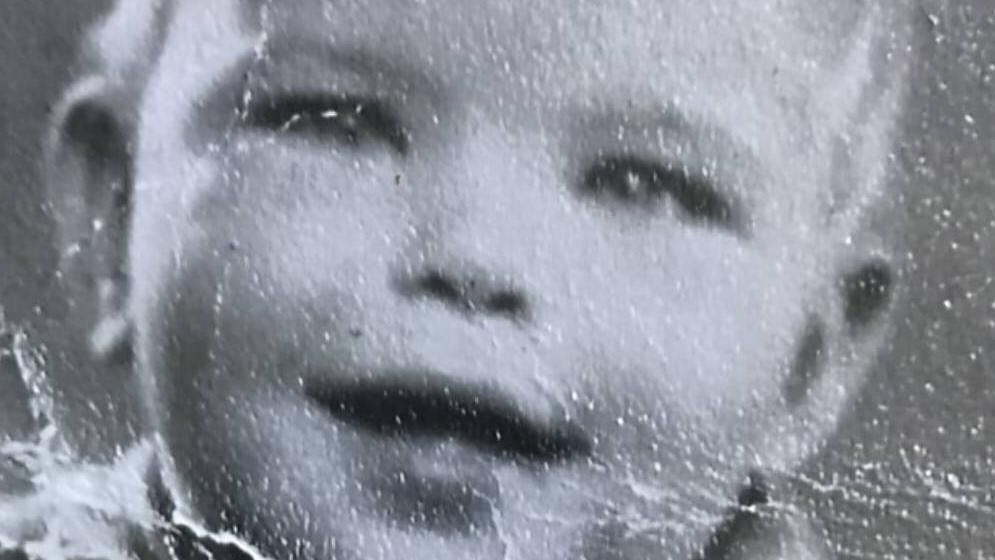
On the day they went to pick up their new baby from the home, she got a glimpse of some of the women who lived there.
“The nun left the door open when we were waiting in a big room,” Margaret said. “I saw two girls walking in the corridor outside, they could only have been 15 or 16 and they were pregnant. I remember thinking ‘God help them’. But I didn’t know it was as bad as it was for them.
“People did talk about the girls, they were looked down on, but I never thought like that. I felt sorry for the girls, because they stood no chance in that situation.”
The Commission of Inquiry was established in 2015 following the discovery of the 796 babies’ names who died in Tuam.
The report found that around 56,000 unmarried women and 57,000 children went through 18 institutions examined.
St Patrick’s mother and baby home, also known as Pelletstown, had the largest number of admissions of women under 18 between 1904 to 1985, when it was sold for development.
Up to 6,000 children are believed to have died during that time.
Causes of deaths include influenza, heart defects, and whooping cough.
The babies were buried in the angel’s plot in the nearby Glasnevin cemetery.
Children with special needs, like Karl, and mixed race children were less likely to be adopted.
Many women who survived St Patrick’s Institution told the Commission they endured hard labour, including scrubbing floors on their knees while pregnant and suffering verbal, physical and sexual abuse.
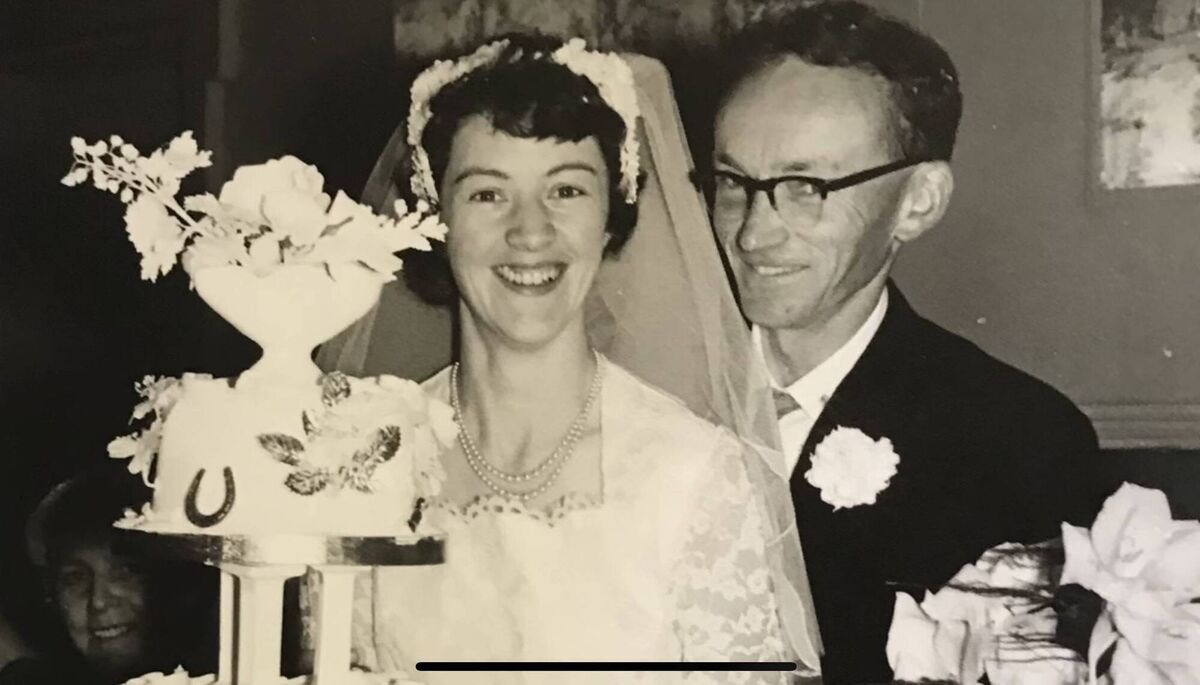
Margaret and Karl are extremely close today and some years ago they traced his biological family.
“His mother connected with Karl when he contacted her, but has never met him,” said Margaret.
“I spoke with his mother on the phone, and she said she was unable to care for him.”
Within a year of adopting Karl, Margaret became pregnant after years of struggling to conceive.
However, both Margaret’s biological sons Fergus and Gareth were diagnosed with muscular dystrophy — a group of diseases that cause progressive weakness and loss of muscle mass.
The condition affects around 15% of the population and there is no cure. Both boys died in their twenties.
“I had three boys with special needs, and I enjoyed every minute of it. My sons lived for a long time, and the three of them all got on well, but my husband died in between it all, it was a tough time.”



